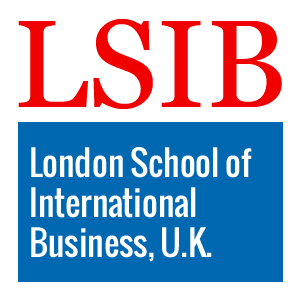Certified Specialist Programme in Biomimicry for Sustainable Building Design
Published on June 27, 2025
About this Podcast
HOST: Welcome to our podcast, today I'm thrilled to be speaking with an expert in sustainable building design. Can you tell us a bit about the Certified Specialist Programme in Biomimicry for Sustainable Building Design? GUEST: Absolutely, this course is all about integrating nature-inspired solutions into architecture. It's designed for professionals who are passionate about creating environmentally friendly structures. HOST: That sounds fascinating! What are some of the key principles that participants will learn? GUEST: We focus on biomimicry principles, which involve studying nature's models and then employing these designs and processes to develop sustainable solutions. Participants will discover innovative strategies for energy efficiency, resource conservation, and waste reduction. HOST: In terms of industry trends, how does biomimicry fit into the current landscape of sustainable building design? GUEST: Biomimicry is gaining traction as a powerful tool in sustainable design. As more organizations prioritize environmental responsibility, we see a growing demand for professionals who can apply these nature-inspired strategies in real-world projects. HOST: That's great to hear! But I imagine there must be challenges in implementing such a unique approach. Could you share some of those challenges? GUEST: Sure, one major challenge is changing the mindset of traditional architects and engineers who are used to conventional design methods. Another is convincing clients to adopt these sometimes unconventional yet highly effective solutions. HOST: And looking forward, where do you see the future of biomimicry in sustainable building design? GUEST: I believe biomimicry will become a standard practice in the industry. With increasing awareness of climate change and the need for sustainable development, the demand for biomimicry specialists will only continue to grow. HOST: Thank you so much for sharing your insights on this exciting course and the future of sustainable building design. It's been a pleasure learning from you today! GUEST: My pleasure! Thanks for having me.
